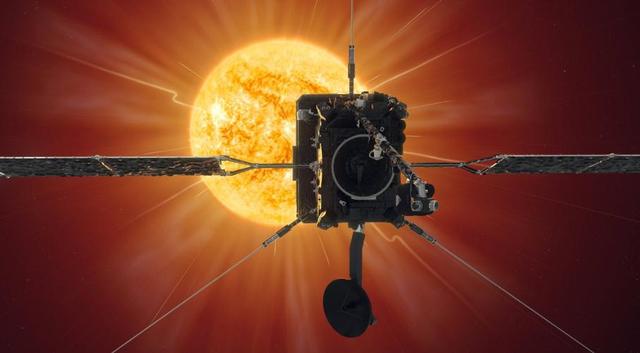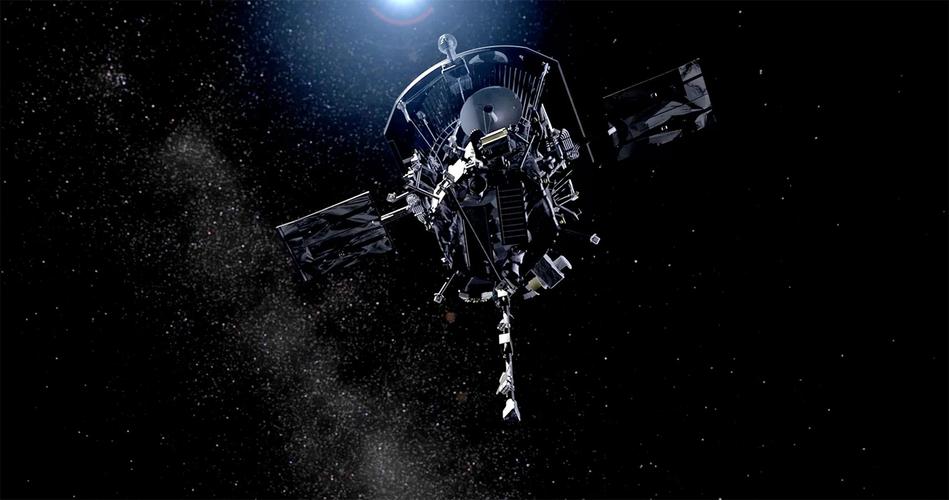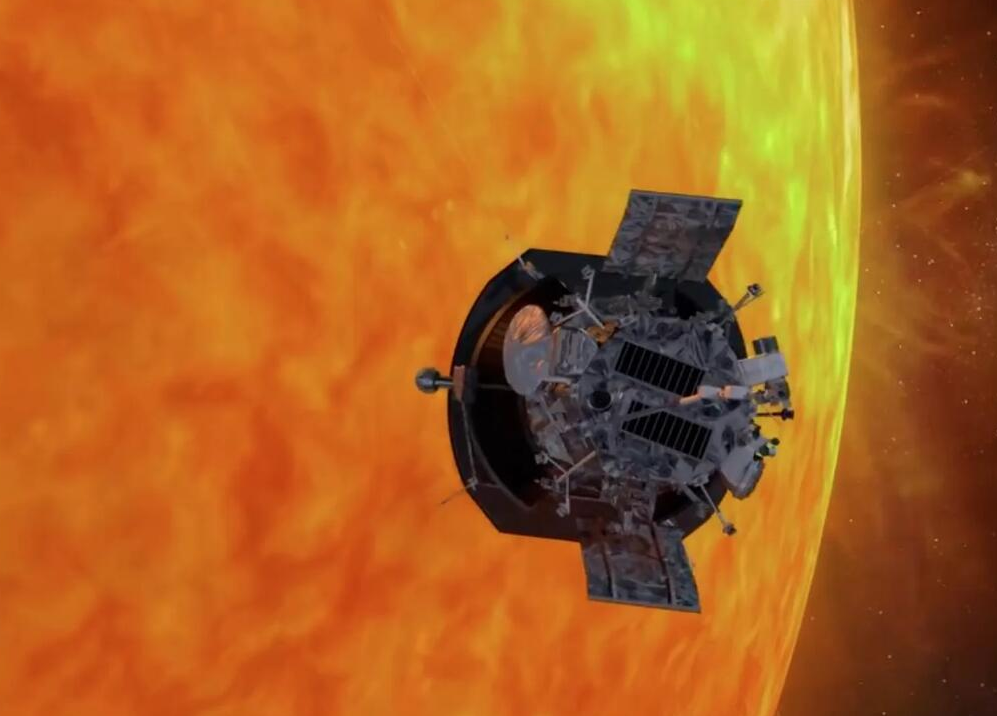The Magnificent Journey of the Parker Solar Probe: The Scientific "Wandering Solar Warrior" Enters the Sun's Atmosphere for the First Time
The Sun, the blazing and radiant star, has always been regarded as the most elusive "flaming monarch" for astronomers. However, just before this Christmas, NASA's Parker Solar Probe is set to achieve an unprecedented feat—entering the Sun's atmosphere for the first time and unveiling the mysteries of this celestial king. You might think flying towards the Sun is a straightforward "direct route" mission, akin to throwing a pot into a giant furnace for a quick burn. However, the reality is far more complex. This mission is more like sending an adventurer to "visit the heart of a volcano" and return unscathed.

The journey of the Parker Probe is far more thrilling. This spacecraft, small enough to fit on a truck and weighing only one ton with scientific instruments totalling just 50 kilograms, is on a mission to approach the heart of a star. It’s an awe-inspiring trajectory painted on the vast canvas of astronomy. Just before Christmas, the Parker Solar Probe will be only 3.8 million miles (6.1 million kilometres) from the Sun’s surface, entering the Sun’s outer atmosphere—the corona—for the first time. While this distance might sound considerable, it marks humanity’s closest approach to the Sun. At such proximity, the probe resembles a brave meteor weaving through fiery flames. Scientists estimate that during this approach, its heat shield will endure temperatures exceeding 2,500 degrees Fahrenheit (about 1,371 degrees Celsius), akin to standing in the centre of a molten steel foundry. If the probe is the adventurer in this cosmic expedition, its heat shield is the most indestructible armour.
Some may wonder, “The Sun is so massive, and Earth is firmly held by its gravity; why not fly directly there”? The reality is that it’s far from a "go with the flow" task. Sending the probe to the Sun requires overcoming its immense gravitational field, akin to navigating a boat upstream in a raging river. But that’s not even the biggest challenge. The real difficulty is ensuring the probe doesn’t plunge headlong into the Sun’s "warm embrace" and disintegrate or fly too fast and bypass the Sun entirely, vanishing into the vast cosmos. Like an archer aiming to hit the bullseye, scientists need a powerful rocket to calculate and adjust the probe’s speed and trajectory, enabling it to approach the Sun without "falling into the abyss".

The Parker Solar Probe's design is nothing short of a masterpiece. It must survive the Sun’s "fiery inferno" and then plunge back into the frigid expanse of space for a "cold shower". This extreme temperature fluctuation poses a severe test for any spacecraft. Scientists spent years developing a heat shield made of special materials that can withstand high temperatures and reflect solar radiation, ensuring the probe’s interior remains within a relatively stable temperature range. It’s like having a super-efficient parasol under the scorching sun, allowing the probe to fulfil its mission unscathed.

The "Parker Warrior" isn’t just taking a close-up "sunbath". It aims to solve long-standing mysteries, such as: Why is the Sun’s corona hotter than its surface? What causes solar winds? These questions are not only crucial for the development of astronomy but also vital for understanding Earth and the solar system’s environment. The Sun is our primary energy source, and its activity significantly impacts Earth’s weather, satellite operations, and power grid stability. The discoveries of the Parker Probe will help us better predict and respond to solar activity, providing critical scientific support for humanity's exploration of the solar system.
Building a spacecraft that can withstand the Sun’s scorching temperatures while navigating the void of space required groundbreaking advancements in material science and engineering. These innovations not only pave the way for future solar exploration missions but may also play a significant role in developing equipment for extreme environments in other fields.
(Writer:Dirick)




